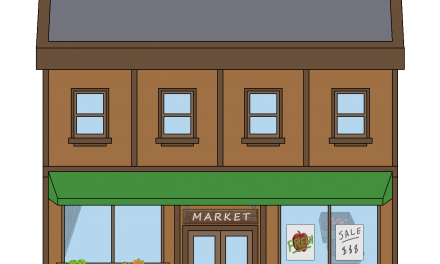Long Time, No DevLog!
Yep – it’s been a couple of months since I last posted a Development Log. I’ve had my head in the books (well, researching on the internet), so to speak. Making any game involves a lot of work, but making an RPG requires even more.
I also promised that I wouldn’t just write these to say “hi…did some code, drew some stuff.” Those are pointless and boring. I AM planning to do a series where I talk about basic structure and systems I believe are essential to any project. More on that in another blog.
This entry is all about development…specifically:
Character Development!
Over the last 6 months, I’ve been doing a great deal of writing. Our game requires real, believable characters to make it more interesting and fun for you to play. I’ve been hard at work developing personalities, bios, backstories, and events that make the characters in our game compelling and real.
Let’s talk first about BAD character development: the kind where the characters are just THERE. They might give a clue or an item that moves the game along. Most of the time, characters are NPCs (non-playable characters) with nothing to do other than decorate a scene. They repeat the same dialogue for 1/3 of the game, and have no personality.
Artists draw from reference – start there!
In our game, each character in the game was developed from an idea that they are an actual person with ideas, personality, and desires of their own. This makes them feel more like real people instead of props of plot delivery devices. A compelling character makes you interested in what he/she has to say, and leaves you wondering what might happen next.
I like to generate characters organically – that doesn’t mean that they’re free-range, pesticide free, and non GMO. Organic characters are derived through a process that allows them to grow from an idea rather than copy a classic trope. Here’s an example:
This is clearly a photo of an actual person. Follow me for a moment.
In the game, her name is Alisa Daniels – her face, fashion, and expressions will be converted by an artist to make her into an original character for the game. You’ll be able to see some physical similarities between this face and Alisa (face shape, hair, features), but that’s where the similarities end.
If you look at the photo, you see that she’s obviously a very pretty young woman with a playful, lively haircut. There’s a mischievous smirk on her face and a lot of life in her eyes. She’s dressed fashionably, and there’s a bit of color in her hair. Plenty to go on that could make her interesting, right?
I started this Alisa’s development with her purpose. In our game, the player’s actions help rebuild his/her hometown (a pretty common theme in RPGs). Our town is modeled after a small American town – many of these had 1-2 screen local theaters. Beautiful buildings that, when restored, become the crown jewel of downtown. Here’s where Alisa comes in.
Add some backstory:
When she was younger, Alisa’s grandparents ran the local movie theater. Her fondest childhood memories were of visits to the town and summer evenings spent watching the stars of the silver screen. She holds an almost romantic regard for the movies – the smell of popcorn, the glow of the neons, the suspense and emotion of the show.
Eventually, the town fell on hard times, the theater closed. Her grandparents retired and moved away. The theater has since fallen into disrepair. As soon as she was old enough, she moved back to town and purchased her Grandparents’ old theater. She dreams of bringing it back to its former glory, but lacks the resources to complete the work.
What we’ve done here is given her a purpose. Pair the background story with the face, and it becomes easier to develop dialogue for her. It’s not hard to imagine our Movie Buff coming back with a witty line or pop culture reference from a movie. As we add more details, she develops into a compelling character. Players won’t see the entire exposition, but will get Alisa’s story in more detailed bits and pieces over time.
How much dialogue are we talking?
Each character has a set of their own greetings that change based on time of day, weather, special events, and their relationship to the player. Once that’s in, a compelling character should have enough dialogue to seem real and interesting. I set a benchmark of having enough dialogue to talk to each character once per day for 1 in-game year before hearing a repeat. 120 lines, not counting events…that’s a lot! My last count was 310 sets of dialogue per Marriage Candidate, and around 200 for a typical NPC.
This is why it’s important to imagine your character. Avoid just taking people you know and just popping them into the game – this never ends well, and can get a little creepy. Alisa’s reference photo is the ONLY person I know in real life – but her character is completely different from her real life persona (and I asked permission, first!)
Game Development!
I’ve been doing more than just finding pictures of people and writing stories, of course.
The town has come together nicely – we’ve finalized the layout, locations, and put in prototype art. We can walk around the entire game world, but we need a few systems designed and explained.
Most of the town’s residents are the same every playthrough – there are “core characters” that are older than the player, and handle main functions like the Inn, Market, Ranch, etc. Each town also comes with “core” marriage candidates – essential younger residents (like our friend Alisa).
The game also has logic that picks additional residents from a random pool. These are designed to make the experience more unique each playthrough. Some even open shops over the course of the game…adding more plot and replay value!
And…they move in / out depending on the player’s actions. 🙂
That means the town’s layout, appearance, and functionality is DYNAMIC at all times. That code took some work…but it’s done, and it should be a lot of fun to play.
Until next time….back to work!










